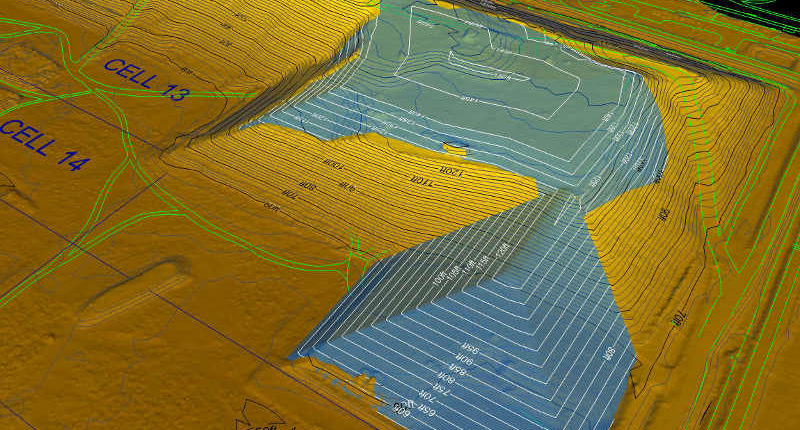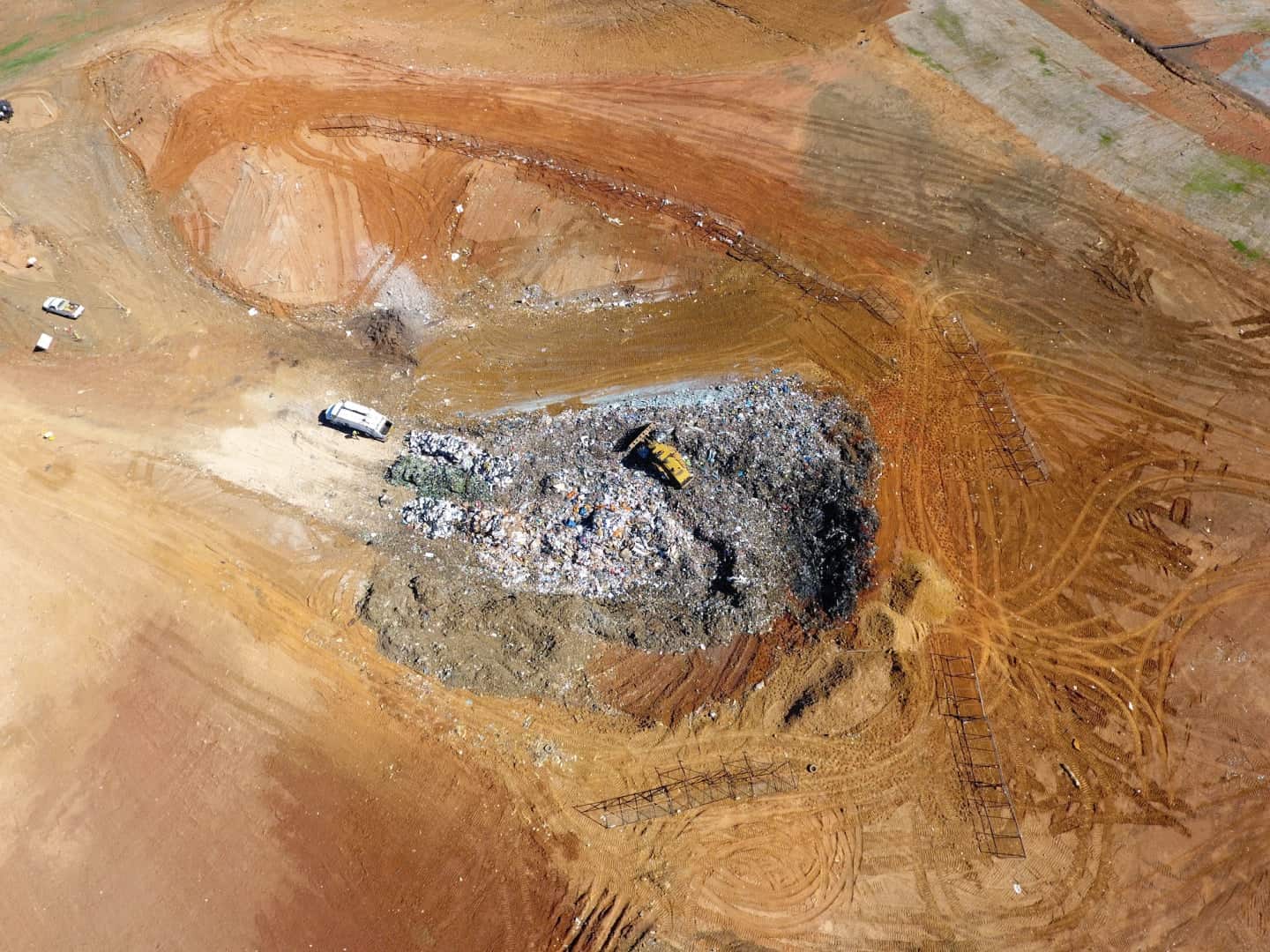By Lauren Elmore, published in Waste Dive.
Since 1992, China has been importing and recycling virtually half of the world’s discarded plastic. Until recently, the U.S. alone accounted for almost 4,000 shipping containers of recyclables per day, but the implementation of China’s new “National Sword” policy is bringing the blanket acceptance of this waste to a grinding halt.
Now, certain varieties of plastics can no longer be exported to China, and the material that is still allowed in the country must pass more stringent contamination tests. After so many years of exportation, the recycling industry in the U.S. is unprepared to meet these needs, and as various waste materials pile up around the country, the burden is likely to fall on already-strained landfills.
According to the Waste Business Journal, total U.S. landfill capacity is predicted to decrease by more than 15% in the next five years. By this projection, only 15 years’ worth of landfill storage will remain by 2021. To mitigate such an urgent issue, waste management companies must adopt the latest technology to make their landfills more efficient if they haven’t already.
WasteExpo 2018 saw the unveiling of several exciting new technologies. AI has begun to invade all kinds of industries, and the waste management space is no different. With machine learning, robots are shown thousands of materials and taught to identify waste. Certain plastics are identifiable by their sheen, and the robots can also recognize logos that indicate the type of material. As a result, waste management facilities can sort through material more efficiently than ever.
Drones are also delivering tremendous value to the waste management industry because they facilitate the collection of many different types of data. For sites such as landfills, traditional ground-based collection efforts are inefficient, while leasing an aircraft equipped with a crew and survey equipment is extremely expensive. Even a single drone can cover the area of most landfills with relative ease, providing information about pressing issues such as gas leaks that need to be addressed.
The pressure placed on the U.S. landfill system by Chinese policy changes is a wake-up call to landfill managers everywhere. To maintain capacity for years to come, waste management companies will need to do more with less.
The following technologies are excellent ways to achieve that goal:
1. Drones extend landfill life
Drone technology is allowing landfills to make adjustments based on more frequently updated densities, increasing the life of the landfill. Some of our clients receive a monthly scan when closing a cell to guarantee maximum precision, ensuring that available space is used as efficiently as possible. Perhaps most importantly, drones allow for cost-effective data acquisition, whether it’s 3D modeling or mapping of groundwater systems.

2. Thermal imaging improves safety
Because waste is flammable, many landfills are plagued by the constant threat of fire. Whether burning materials are introduced from the outside or sparks from equipment start the blaze, thermal imaging technology can help landfill managers detect hot spots and douse the area before the fire starts. This technology can also prevent fires underground that release waste and pollutants into the air.
3. Cameras and sensors prevent leaks
Gas-detecting technologies, whether they’re sensors placed throughout a landfill or infrared cameras mounted on a drone, are invaluable to landfill managers. Although gas is often collected and converted to energy, leaks still occur and reduce the efficiency of energy production while discharging potentially harmful pollutants into the air. With imaging technologies that spot leaks, managers have a new tool that can create a safer and more productive landfill.
Technologies promising to revolutionize landfill management all have one thing in common: They increase the quantity and quality of data available so leaders can make more proactive and informed management decisions. Instead of waiting for a problem or guessing at conditions, decision makers can effectively moderate conditions armed with geospatial, thermal and gas detection data.
As waste management companies adopt these and other new technologies, they ensure landfills will continue to be more efficient and effective in the future.


